We’ve all been there – staring at our bathroom mirror and noticing more scalp than usual showing through our hair. It can be discouraging to watch those strands thin out and fall at an alarming rate. But taking hair loss into your own hands doesn’t need to involve pricey treatments or questionable late-night infomercial products. Many effective remedies can be found right in your own kitchen. Let’s explore the top 10 home remedies for hair growth that have worked wonders for folks just like you.
Top 10 Home Remedies for Hair Growth
Here are the Top 10 Home Remedies for Hair Growth:
- Oils for Hair Growth
- Egg Mask for Hair
- Onion Juice Nourishment
- Aloe Vera Gel Benefits
- Fenugreek for Thicker Tresses
- Fruit and Vegetable Juice Blends
- Apple Cider Vinegar Rinses
- Essential Oils for Stimulation
- Henna for Coloring and Conditioning
- Tea Rinsing
1. Oils for Hair Growth
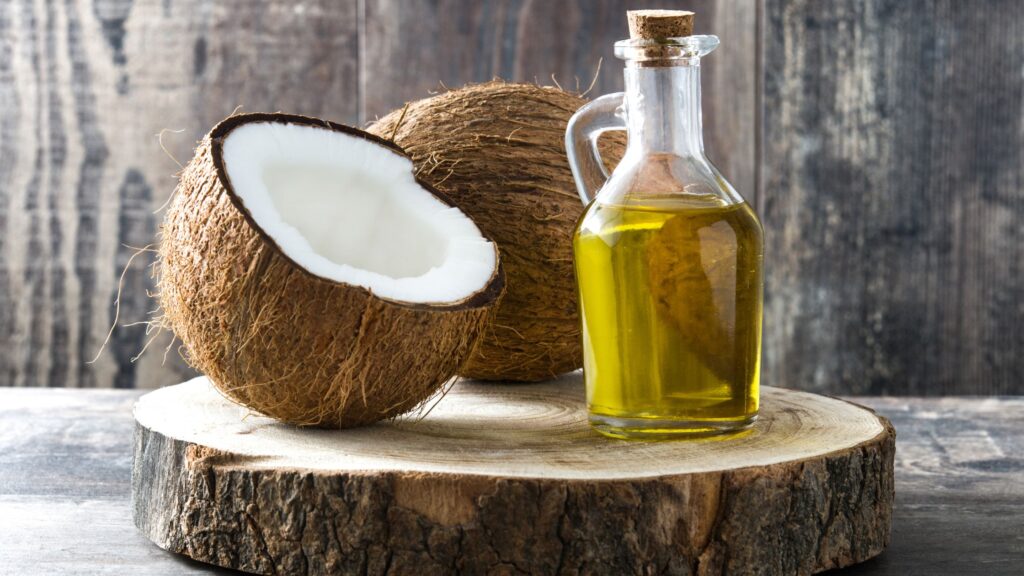
Massaging hair oils onto the scalp has been a tradition passed down for generations. The soothing ritual allows important nutrients to be absorbed directly into the roots, nourishing strands from the inside out. Coconut oil in particular has gained popularity as a restorative home remedy. Its special fatty acids help keep hair moisturized and strengthen individual strands to prevent breakage. For best results, take a small handful and gently rub it into the scalp, focusing on thinning patches. Leave it on overnight a couple times a week to really let it work its magic.
2. Egg Mask for Hair
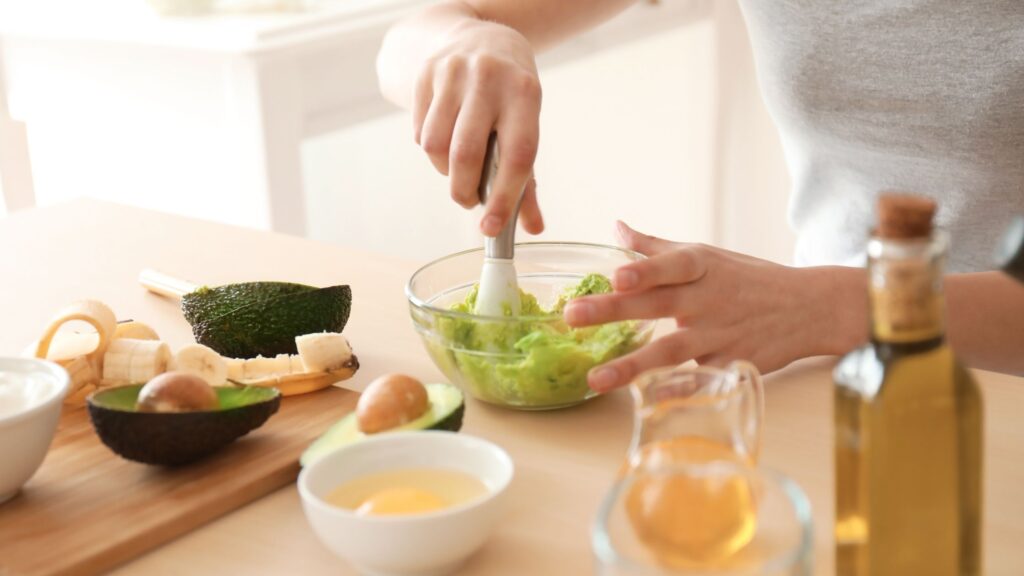
Who would have guessed something as simple as an egg could reinvigorate hair? But the powerhouse of proteins and vitamins in this kitchen staple make it a superfood for tamed tresses. The sulfur in eggs aids follicle health to encourage new growth. To use, separate an egg and whisk the yolk until frothy. Massage it onto damp hair, paying extra attention to thinning areas. Let it sit for 20 minutes before shampooing as normal. Most notice a difference after just a few weekly treatments as fragile strands regain their shine and fullness.
3. Onion Juice Nourishment
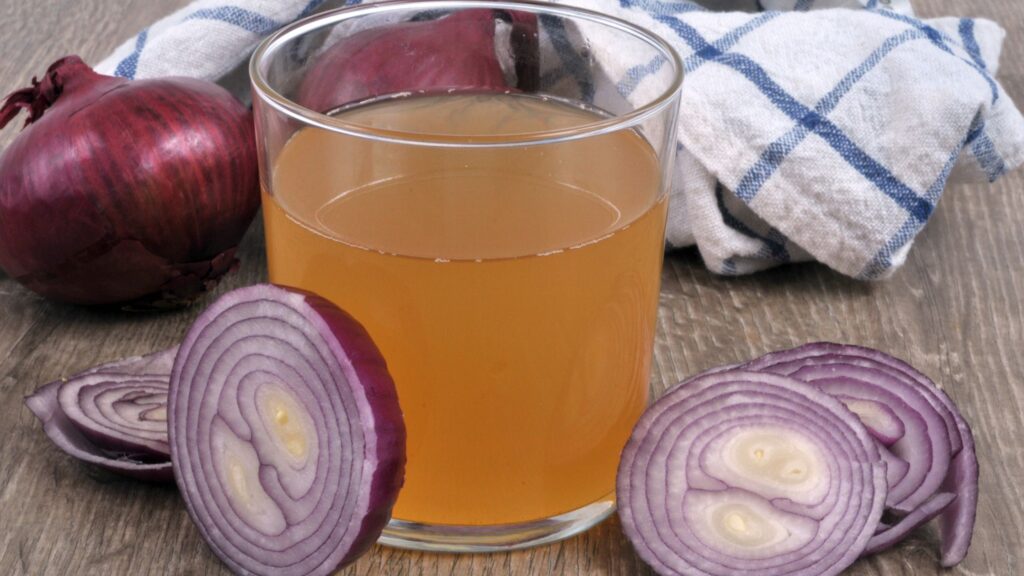
Onions may make you cry, but they’ll also make your hair grow—seriously! The high sulfur content in onion juice does wonders for balancing pH levels on the scalp. This in turn promotes a healthy environment where hair can thrive. Simply peel and juice half a white or yellow onion. Use a cotton ball to dab the liquid onto the scalp, avoiding the face and eyes. Leave it to dry completely before washing hair as normal. Stick with this remedy twice a week for several months to really let those bulbs do their magic deep underneath.
4. Aloe Vera Gel Benefits
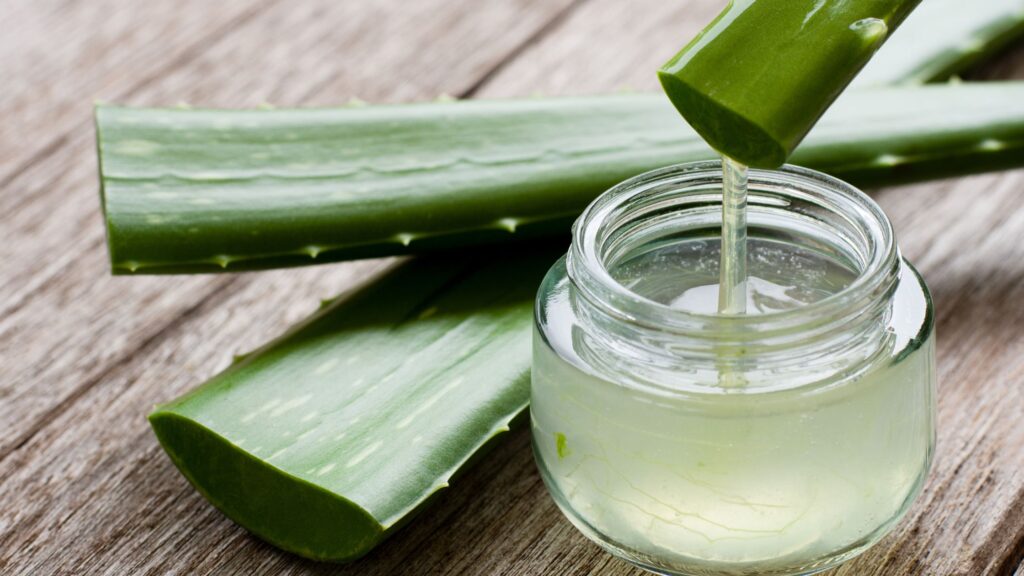
As a natural healer admired by ancient cultures, aloe vera has been used topically for centuries to repair damaged skin and hair. Its gel, when massaged into the scalp, has incredible regenerative properties. The anti-inflammatory and antioxidant compounds soothe irritation while encouraging circulation. This raises metabolism levels at the root to stimulate new growth. Look for a pure aloe vera gel without added ingredients. Gently rub it in before bedtime a few times a week for soft, hydrated follicles that can yield stronger strands.
5. Fenugreek for Thicker Tresses
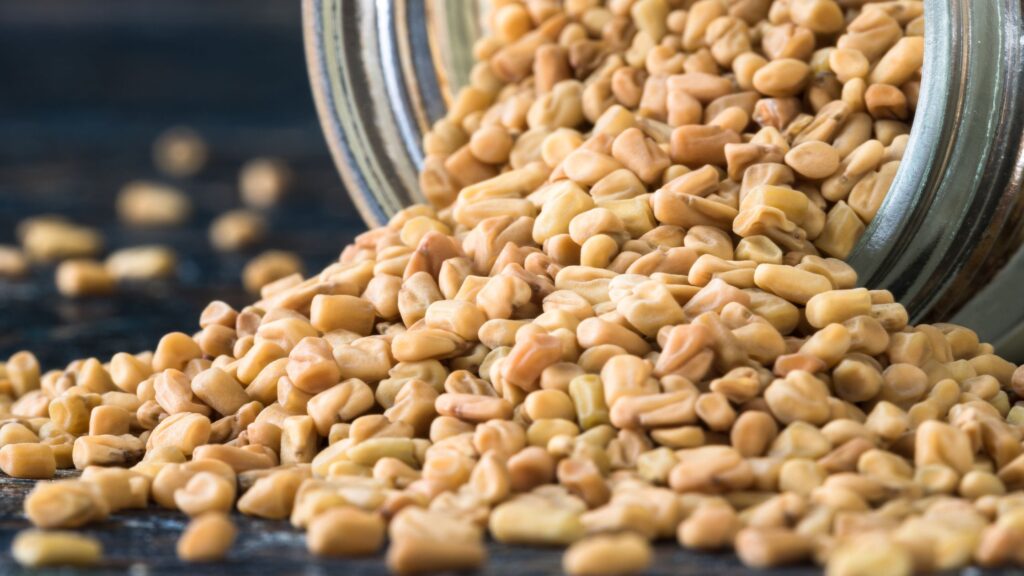
A staple in Indian cuisine and ancient Ayurvedic practices, fenugreek provides a powerful protein punch to revitalize hair. Soak a tablespoon of the seeds in water overnight then rinse and massage the infusion into the scalp with gentle fingers. The amino acids and nutrients nourish depleted roots from within. Leave it on for an hour before the next shampoo. Stick with a weekly regime to experience fuller hair with more vibrancy and body. The tingling sensation may take some getting used to but the results will have you hooked on this magic bean remedy.
6. Fruit and Vegetable Juice Blends

Ever notice how healthy diets with diverse fruits and veggies often lead to shinier manes? There’s good scientific reason – these foods provide essential minerals to nourish hair growth from the inside out. Try whipping up homemade juice blends using ingredients like carrots, spinach, oranges, and cranberries that are high in vitamins A, C, and K. Apply the liquid to your strands and scalp with cotton balls a few times a week. Rinsing it out afterward leaves hair noticeably softer and the body gets boosted as weakened roots are replenished. Continue regular use to experience thicker and fuller results over time.
7. Apple Cider Vinegar Rinses
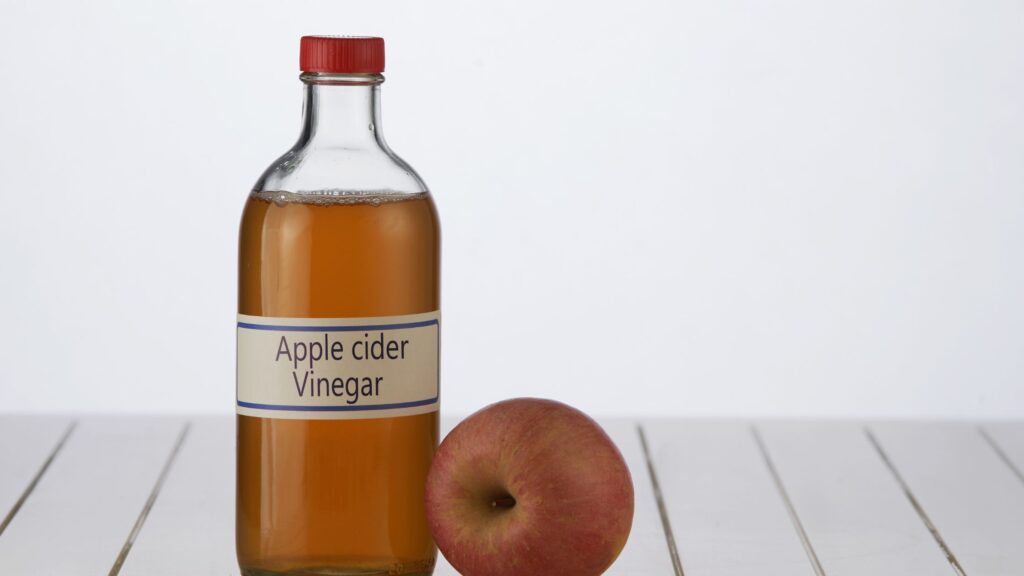
Used for centuries as a natural remedy, apple cider vinegar balances pH levels on the scalp to create an optimal environment where hair thrives. Some essential acids also have anti-fungal properties to offset dandruff causing thinning. Try a diluted rinse after shampooing – mix 1 part vinegar with 1-2 parts water in a spray bottle. Spritz it onto hair and massage it into the scalp before rinsing. The tingling sensation may be novel at first but strengthens hair over regular weekly use. Stick with small doses at a time until your scalp adjusts to the acidity, then gradually increase the ratio for best results.
8. Essential Oils for Stimulation
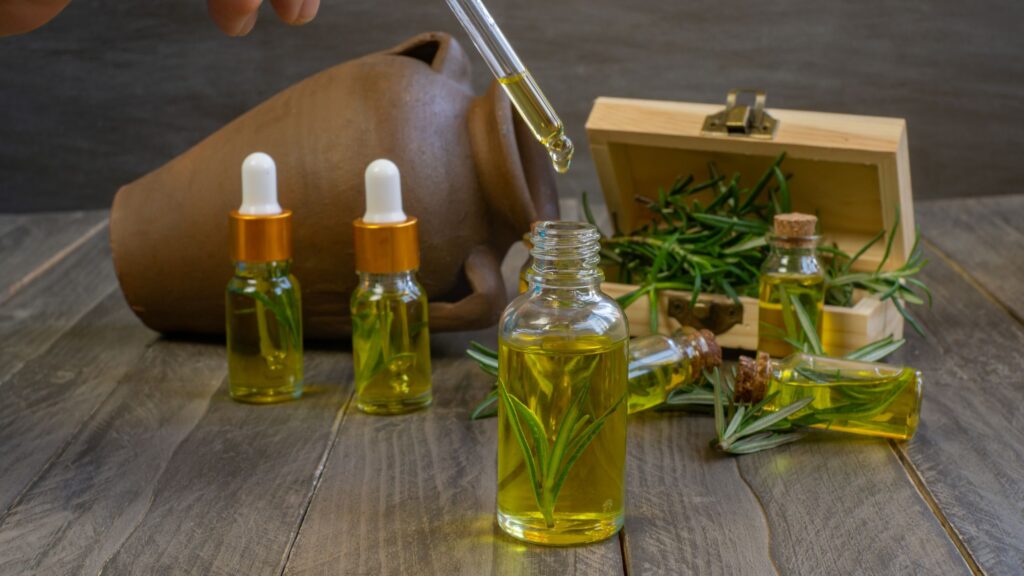
A few drops of plant-derived essential oils, massaged into the scalp before bedtime, can make a powerful difference. Peppermint and rosemary are favored for their ability to stimulate circulation and promote hair cell generation. Try a blend of 2-3 drops each in a carrier oil like jojoba or coconut to dilute the strength. Generously massage it onto the scalp using gentle fingertips. Leave it on overnight so aromatherapy magic can work while you sleep. Rinsing hair as usual in the morning reveals silkier strands and reduced shedding over continued weekly use.
9. Henna for Coloring and Conditioning
As a traditional hair dye used for centuries in India, the ancient art of henna conditioning should not be overlooked. Besides adding beautiful red undertones, its paste also aids growth when left on overnight regularly. Slather the herbal mixture onto clean, dry hair focusing on the roots and scalp. Leave it to develop full color overnight before rinsing out in the morning. Henna’s antioxidants soothe itchy scalps while promoting circulation to stimulate dormant follicles. New growth comes in fuller thanks to henna’s ability to strengthen and moisturize both strands and roots.
10. Tea Rinsing

For centuries, herbal teas have soothed away stress and ailments. Did you know they can also revitalize hair? Brew up a strong cup of green or black tea, then allow it to cool before using as a final rinse after shampooing. Catechins and tannins in the tea leaves sluice away product buildup, gently exfoliate the scalp, restore moisture and shine, and balance pH. The mild caffeine also stimulates circulation. For extra benefits, gently massage tea onto the scalp before rinsing. Regular weekly use strengthens hair and encourages new growth over time.
Conclusion
With a little bit of creativity and ingredients already in your pantry or fridge, achieving healthier, fuller hair is totally within reach. Be patient, as these remedies take consistent weekly use over several months to bear real results. But sticking to a few favorites tailored towards your specific hair type can yield thicker-looking manes to boost self-confidence with each passing week. With a little TLC, your tresses have the power to transform right before your eyes using only natural kitchen and garden remedies.
FAQs
Q: How long do home remedies take to work?
A: Most people will notice a gradual improvement in hair growth within 2-3 months after starting a consistent home remedy routine. However, it’s important to keep in mind that hair growth cycles are slow, and it typically takes several months to see fuller, thicker results. The average growth rate is about half an inch per month. Hair remedy nutrients must be absorbed into the scalp and nourish follicles over multiple cycles before new growth kicks in. Consistency is key – sticking to weekly treatments allows remedies to build up their restorative effects little by little. After 6 months, many notice the changes become more dramatic as dormant follicles are awakened. With continued use year-round, home remedies can often maximize their potential within 12-18 months. Always be patient, as great things take time when it comes to natural hair health transformations!
Q: How do I choose the best remedies for my hair type?
A: When selecting which home remedies to try, think about your specific hair needs and type. Those with oily scalps and fine hair may want to go lighter on thick oils and try toner astringents like apple cider vinegar instead. Wavy or curly hair benefits from moisturizing ingredients like coconut oil and aloe to prevent frizz. Folks with dry, damaged manes need nourishing masks to repair from the inside. Color-treated hair calls for henna or ayurvedic oils. Regrowing thinning patches responds well to stimulants like peppermint and rosemary. Coarser, kinkier textures soak up deeply conditioning yogurt or avocado. Experiment gently at first to see how your scalp reacts. Track what makes hair feel healthy yet not greasy. Tailor remedies targeting any complaints like flakes or over-oiliness for best results. Consistency in a routine that suits your particular hair is key.
Q: How often should I use home remedies for the best results?
A: For most home remedies to be truly effective, aim for a weekly routine at minimum. This gives hair growth cycles enough time to see improvement with each treatment. Some remedies can be used 2-3 times weekly, especially if just starting out or with severe hair loss issues. Massage oil blends, fruit/veg juices, herbs, and cleansers like vinegar or tea are best-applied pre-shampoo and left on for 30 minutes once or twice a week before rinsing. Thicker masks like yogurt or eggs are ideal as weekly deep conditioners left in for an hour or overnight. Alternate remedies to target multiple hair concerns. Consistency is key though – missing more than 1-2 weeks risks slowing results. Stick with tried-and-true remedies year-round tailored to seasonal changes to maintain thick, healthy growth over the long haul.
Q: Are home remedies safe for colored or chemically treated hair?
A: Many natural remedies are perfectly safe for hair that’s colored, permed, or highlighted chemically – but some caution is warranted. Avoid very acidic ingredients like pure lemon or vinegar, which can amplify lightening damages. Gentler alternatives like diluted apple cider vinegar or citrus-infused oils are better choices. Thick ayurvedic oils or drying herbs may weigh down finicky processed hair – opt instead for lightweight aloe, coconut water or green tea. And never use clay or mud masks, which can be tooabsorbent for chemically-treated strands. Low-alkaline ingredients nourishing from the inside out generally do no harm. Do patch tests and go slow if the hair feels dry or tangly post-treatment. Compromised hair needs extra TLC – stick to simple, moisturizing blends tailored for its needs. Dilution and avoidance of irritation keep all hair types happy and healthy!
Q: How do I store my homemade hair remedies?
A: Proper storage is important to maintain the potency and freshness of homemade hair treatments. Oil blends have the longest shelf life, staying fresh for 2-3 months when sealed and stored at room temperature away from heat and light. Perishable juices are best consumed within 3-5 days or can last up to a week chilled. Herbal pastes like henna last 1-2 months refrigerated. To freeze homemade liquids and pastes for up to 3 months, leave headspace in sealed mason jars or divide into single-use portions for convenient grabbing. Always warm frozen remedies at room temperature before using. Discard any remedies showing signs of spoilage like strange smells or mold growth. Proper preservation keeps natural treatments working at full strength to deliver nourishing results for hair weeks and months down the line.




